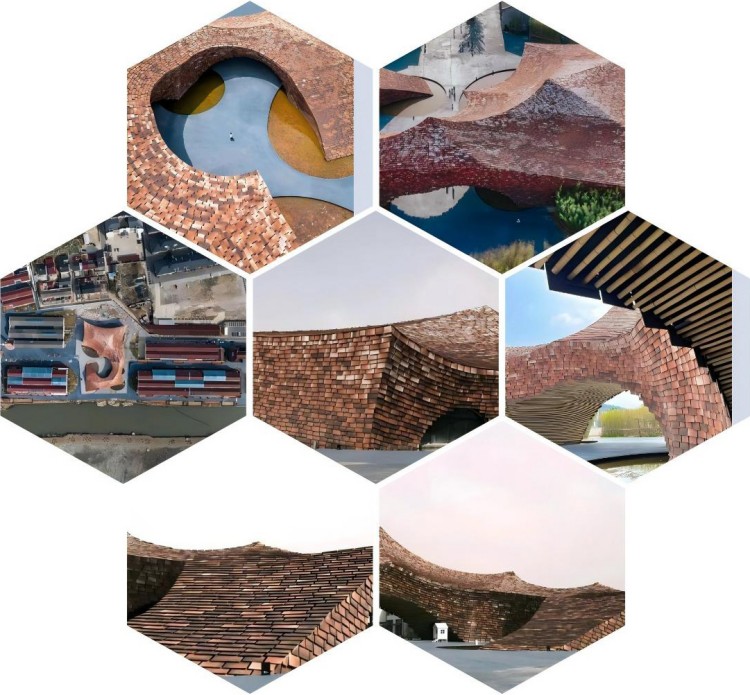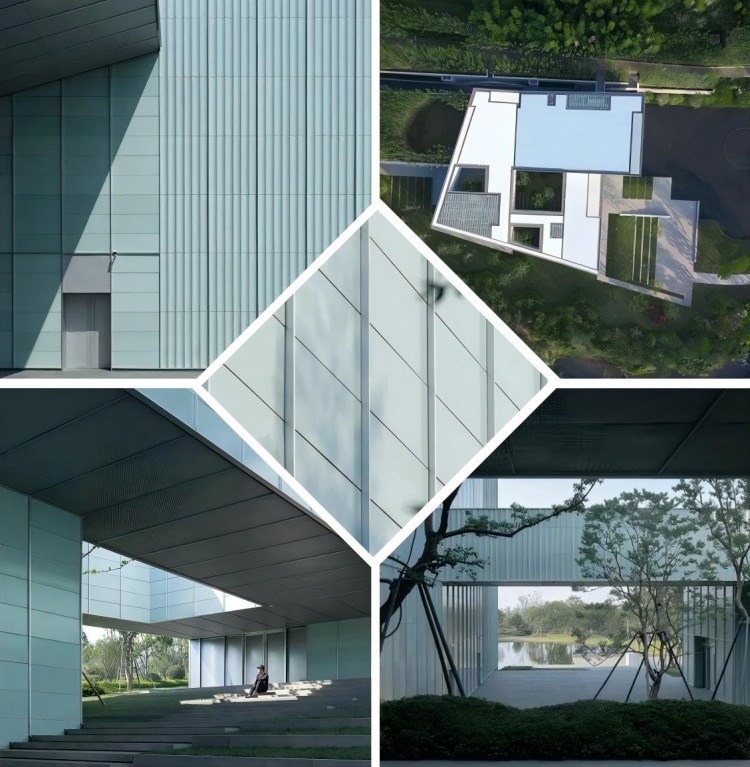Architecture has always been a reflection of culture, technology, and society’s evolving values. Today, we are witnessing a powerful shift towards the integration of natural elements into the very fabric of modern architecture. Natural materials like terracotta, once considered traditional, are now being used in innovative ways to create buildings that are not only functional but visually captivating. These materials are redefining modern building aesthetics, offering architects the opportunity to blend the old and the new, the timeless and the cutting-edge.

The Intersection of Innovation and Tradition
Modern architecture is all about pushing boundaries, embracing new technologies, and creating designs that stand out. However, even as architects experiment with new forms, there’s a growing trend to incorporate traditional materials that hold cultural significance. Terracotta, a material used for thousands of years, is one of these timeless elements that have been rediscovered and reimagined in contemporary architecture.
What makes terracotta particularly compelling is its ability to balance innovation with tradition. Architects and designers are now incorporating terracotta not only for its functional benefits but also for its aesthetic qualities. The material’s rich history, paired with its modern applications, allows buildings to convey a sense of permanence and harmony with nature, all while providing the benefits of energy efficiency and durability.
UCCA Terracotta Art Museum: A Case Study in Modern Aesthetics
The UCCA Terracotta Art Museum in Yixing, China, stands as an iconic example of how natural materials like terracotta can be creatively incorporated into modern architectural designs. Designed by the renowned architect Kengo Kuma, the museum’s facade is composed of custom-made terracotta panels that showcase both the material’s natural beauty and its ability to integrate seamlessly into contemporary design.
The use of terracotta in this building is more than just aesthetic; it also serves a functional purpose. The panels provide thermal insulation, helping to regulate the building’s internal temperature, while the soft, warm tones of the terracotta create a welcoming and organic atmosphere. This innovative use of a traditional material in a modern context highlights the power of blending old-world craftsmanship with modern design principles, creating a building that feels both timeless and contemporary.
For more information on the innovative use of terracotta in architecture, visit the Terracotta Panel Product Page.


Architectural Innovation through Natural Cladding
One of the most impactful ways architects are using natural elements like terracotta is through cladding. As the exterior shell of a building, the cladding is essential to both the aesthetic and functional qualities of the structure. Terracotta cladding not only improves the energy efficiency of a building but also gives it a unique, organic appearance that sets it apart from other modern designs.
Take the Jiaxing Civic Center in Zhejiang, China, as an example. This building combines modern architectural elements with traditional terracotta cladding to create a stunning exterior. The white terracotta panels on the roof not only give the building a sleek, minimalist look but also help regulate the building’s temperature by absorbing and releasing heat slowly. This sustainable approach to building design, using natural materials like terracotta, showcases how architectural efficiency and aesthetics can work hand-in-hand.



The Role of Terracotta in Shaping Future Building Aesthetics
The use of terracotta in modern architecture is not just a passing trend; it is part of a larger movement towards sustainable design and the revival of traditional materials. As more architects embrace this material, we are likely to see a continued evolution in how it is used in building facades, interiors, and public spaces.
Terracotta’s versatility allows it to be adapted to various architectural styles, from the minimalist to the highly decorative. Its ability to enhance a building’s energy efficiency while providing an elegant aesthetic ensures that it will continue to be a material of choice for architects who want to create iconic, sustainable designs that stand the test of time.




Conclusion: The Future of Modern Building Aesthetics
The intersection of innovation and tradition in modern architecture is an exciting and transformative space. By incorporating natural elements like terracotta into contemporary designs, architects are not only creating buildings that are functional and energy-efficient but also ones that tell a story of cultural heritage and environmental sustainability. The UCCA Terracotta Art Museum, Jiaxing Civic Center, and other projects showcase the potential of terracotta to shape the future of architecture—where modern aesthetics meet the timeless beauty of nature.
Leading Terracotta Manufacturers in China
Some of the key manufacturers of terracotta panels in China include: